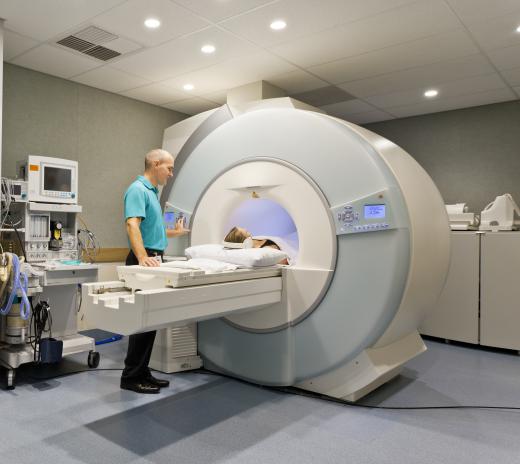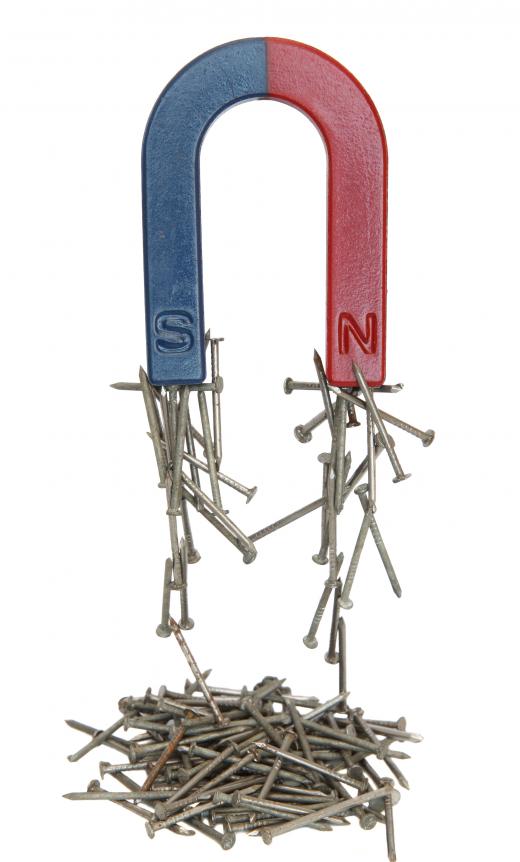Magnetic shielding is a process that limits the coupling of a magnetic field between two locations. This can be done with a number of materials, including sheet metal, metal mesh, ionized gas, or plasma. The purpose is most often to prevent magnetic fields from interfering with electrical devices.
Unlike electricity, magnetic fields cannot be blocked or insulated, which makes shielding necessary. This is explained in one of Maxwell’s Equations, del dot B = 0, which means that there are no magnetic monopoles. Therefore, magnetic field lines must terminate on the opposite pole. There is no way to block these field lines; nature will find a path to return the magnetic field lines back to an opposite pole. This means that even if a nonmagnetic object — for example, glass — is placed between the poles of a horseshoe magnet, the magnetic field will not change.

Instead of attempting to stop these magnetic field lines, magnetic shielding re-routes them around an object. This is done by surrounding the device to be shielded with a magnetic material. Magnetic permeability describes the ability of a material to be magnetized. If the material used has a greater permeability than the object inside, the magnetic field will tend to flow along this material, avoiding the objects inside. Thus, the magnetic field lines are allowed to terminate on opposite poles, but are merely redirected.

While the materials used in magnetic shielding must have a high permeability, it is important that they themselves do not develop permanent magnetization. The most effective shielding material available is mu-metal — an alloy of 77% nickel, 16% iron, 5% copper, and 2% chromium — which is then annealed in a hydrogen atmosphere to increase its permeability. As mu-metal is extremely expensive, other alloys with similar compositions are sold for shielding purposes, usually in rolls of foil.

Magnetic shielding is often employed in hospitals, where devices such as magnetic resonance imaging (MRI) equipment generate powerful magnetic flux. Shielded rooms are constructed to prevent this equipment from interfering with surrounding instruments or meters. Similar rooms are used in electron beam exposure rooms where semiconductors are made, or in research facilities using magnetic flux.

Smaller applications of magnetic shielding are common in home theater systems. Speaker magnets can distort a cathode ray tube (CRT) television picture when placed close to the set, so speakers intended for that purpose are shielded. It is also used to counter similar distortion on computer monitors.
A number of companies will custom build magnetic shields from a diagram for home or commercial applications. Shielding using superconducting magnets is being researched as a means of shielding spacecraft from cosmic radiation.
